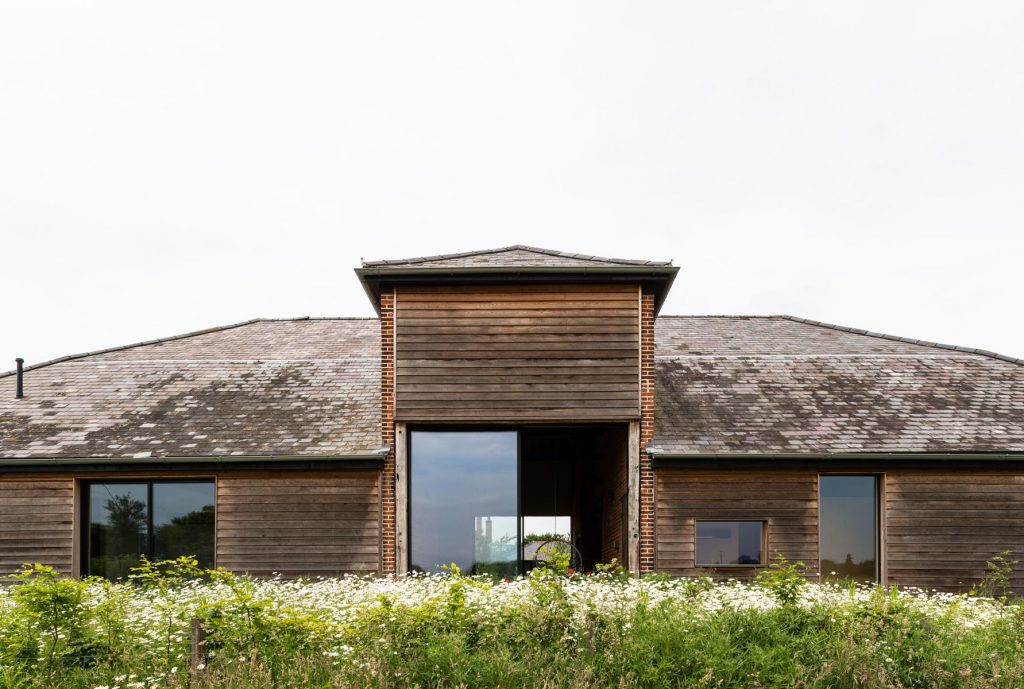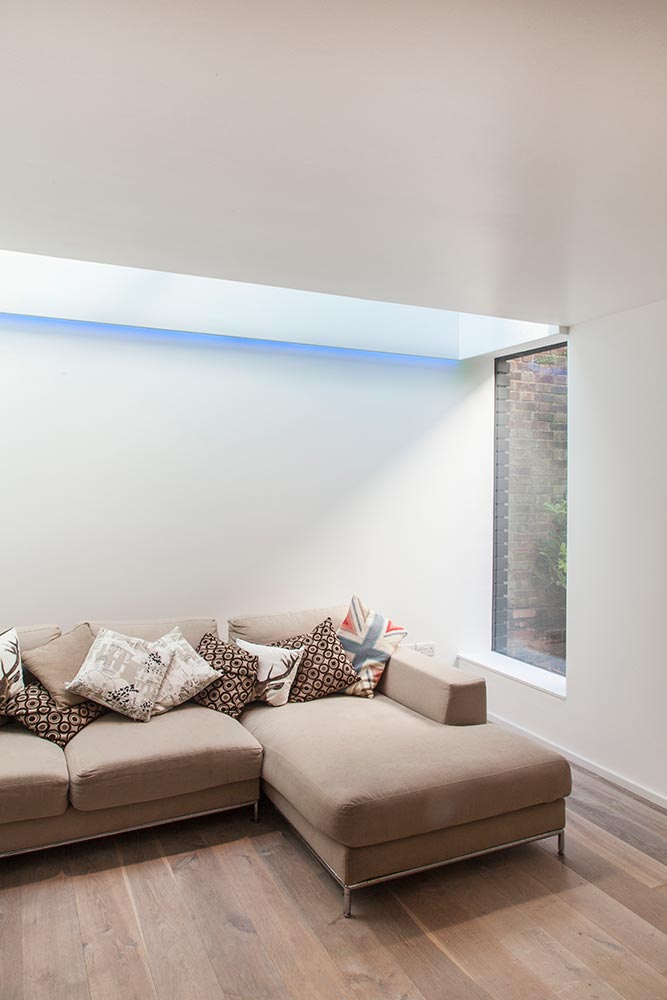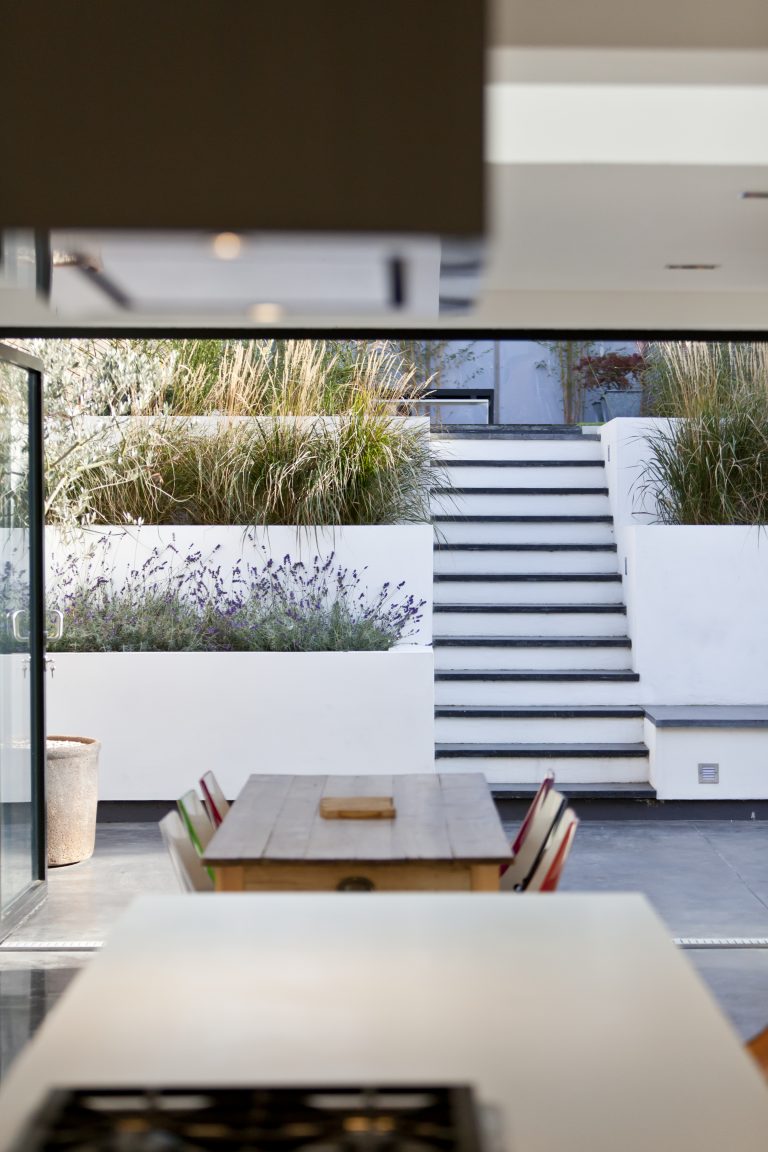
Church Hill Barn, Suffolk
Awards
The Sunday Times British Homes Awards | Winner
Designer Kitchen & Bathroom Awards | Winner
The Daily Telegraph Homebuilding & Renovating Awards | Finalist
The Architect’s Journal Retrofit Awards | Finalist
The Plan.it Kitchen Design Special Contest | Finalist
“David Nossiter Architects are the creative genius behind this stunning Suffolk barn conversion.”
The Sunday Times
“A dilapidated barn complex on the Essex/Suffolk borders has been rescued and restored to create this highly individual home. David Nossiter Architects’ design features open plan spaces and uses materials reclaimed from the demolition of two structures that were beyond renovation. The main gallery space is both a dramatic centrepiece of the home and is also used for community events.”
The Sunday Times British Homes Awards 2017 Winner’s Citation
“To tackle an existing building like this, you have to take a forensic approach to create a piece of architecture within the existing structure. This is a prime example of someone knowing when to stop adding layers”
Daily Telegraph Homebuilding & Renovating Awards
“Winner of best restoration in last year’s Sunday Times British Homes Awards, this 5,000 sq ft barn conversion by the London-based architect David Nossiter shows how cathedral-like spaces can be made liveable…”
The Sunday Times

David is the barn conversion architect for Church Hill Barn, a unique contemporary barn conversion of epic proportions.
The site is situated on the Essex/Suffolk borders within the landscape immortalised by Constable. The collection of farm buildings forming a courtyard, was originally the home farm of the nearby Assington Hall Estate, destroyed by fire in the 1950s
The centrepiece with views over the rural landscape, is a large barn of cathedral-like proportions.
David undertook site appraisals of potential agricultural properties with our clients, before they finally settled on Church Hill Barn to provide the template for their contemporary home .
Other sites were either too expensive, lacked the potential for renovation or protections to prevent other development impacting the site. Having sold their own property in nearby Colchester, the couple decided to reside in a caravan on the site during the build, organising much of the on site construction.
Cruciform in plan with a collection of smaller spaces surrounding it, the arrangement of the barn sought to provide shelter for different farming activities under a single roof. The complex is the legacy of one of the pioneering exponents of the model farm movement John Gurdon Esquire.
A major component of the renovations consisted of the refurbishment of the barn roof. In order to allow the existing structure to be viewed internally but still conform to modern standards of thermal performance, the roof was refurbished as a ‘warm roof construction’. That is, all of the insulation is located on the exterior of the roof above a new timber deck.
Roofing slates and timber materials were salvaged from the other agricultural structures on the site that were too decayed to be usefully reused.
The external walls were insulated with sheep’s wool and clad with larch timber, which has been left to weather naturally. The original openings have been simply fenestrated. Glazing is set back from the external wall line.
Oversized bespoke glazed sliding doors fill the hipped gable porches of the barn. Views from the courtyard open onto meadows. Two three-metre square roof lights bring daylight deep into the interior of the eight-metre tall central spaces.
Early on during the design process it was decided to keep the spaces as open plan as possible. Polished concrete flooring flows throughout. Where necessary partitions and screens are designed as over scaled furniture. Freestanding and constructed from birch faced plywood sheets, they organise the spaces, providing privacy for bathrooms and sleeping areas.
The ancient Manor House that the barn originally belonged to was destroyed by fire.
Whilst it is recognised that the ancient system of landed estates was by modern standards deeply unethical, at their best, the estates were at the hub of many rural communities. In the absence of the ‘big house’, it was proposed that the cathedral like central area of the barn be used for community events in the village. It was therefore gratifying to be invited to an art exhibition at the property.
Underfloor heating is assisted by a mechanical ventilation and heat recovery system.
The contemporary barn conversion won a Sunday Times British Homes Award for Renovation of the Year and a Designer Kitchen & Bathroom Award for Kitchen of the Year Under £25K. The project was also shortlisted for the Daily Telegraph Homebuilding & Renovating Awards and the Architect’s Journal Retrofit Awards.
Church Hill Barn has been widely published by both the mainstream and the design press.
Photography by Steve Lancefield and The Modern House


